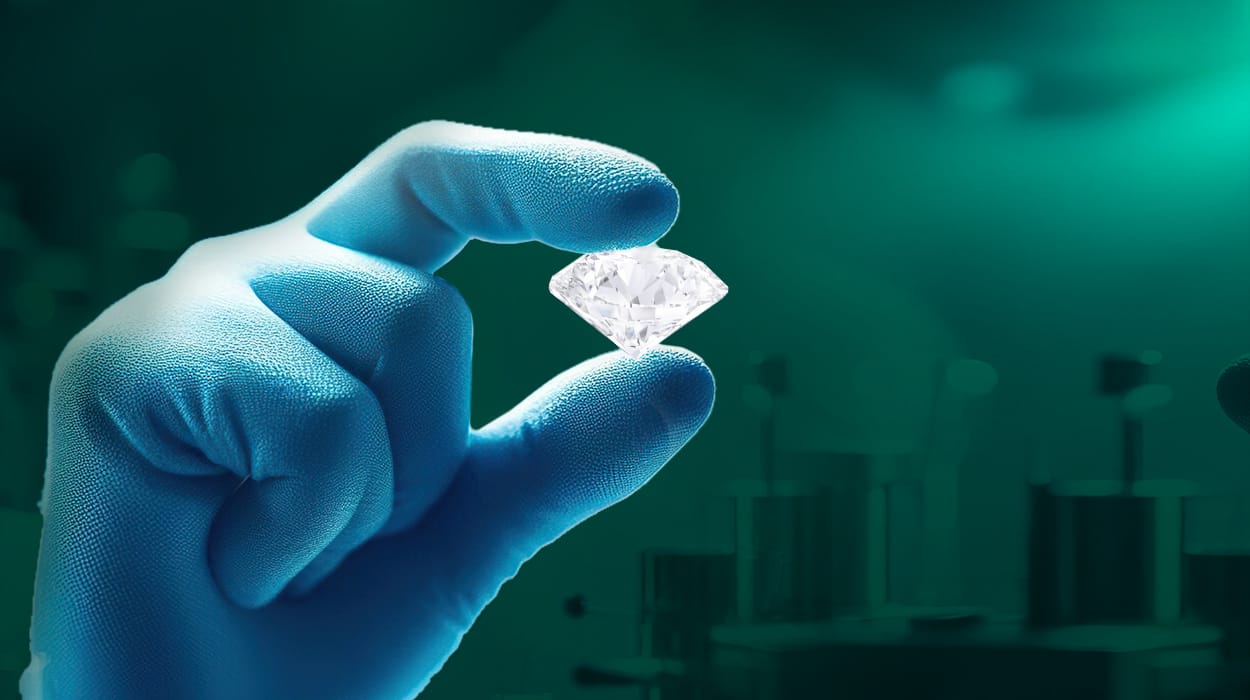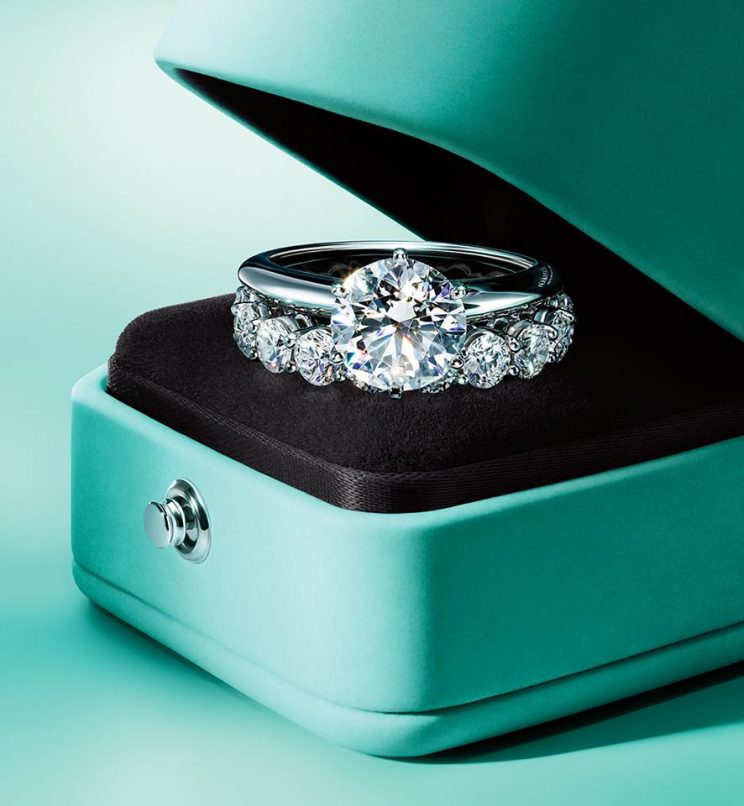The rise of lab-grown diamonds has revolutionized the jewelry industry, providing consumers with a more affordable and ethically conscious alternative to mined diamonds. Among the most recognized certification laboratories for both natural and igi vs gia lab grown are the Gemological Institute of America (GIA) and the International Gemological Institute (IGI). Both are respected names in the gemological world, but when it comes to lab-grown diamonds, they offer distinct services, grading processes, and perspectives. Understanding the differences between IGI and GIA lab-grown diamond certifications is crucial for anyone looking to purchase a lab-grown diamond.
1. Overview of IGI and GIA
Gemological Institute of America (GIA)
Founded in 1931, the GIA is one of the most prestigious and globally recognized gemological institutions. The GIA is renowned for its rigorous grading system for natural diamonds, and it has extended its expertise to lab-grown diamonds. Their grading system is well-respected and considered the gold standard in the industry. GIA has a significant reputation for objectivity and transparency.
International Gemological Institute (IGI)
Established in 1975, IGI is another leading gemological laboratory. Headquartered in Antwerp, Belgium, IGI is known for grading both natural and lab-grown diamonds. While IGI is widely respected, it is considered by some to be slightly more accessible and cost-effective compared to the GIA. IGI offers diamond certifications for both gem types and has grown in popularity, especially in the lab-grown diamond market.
2. Certification of Lab-Grown Diamonds
Both GIA and IGI offer certification services for lab-grown diamonds. These certificates serve as proof of the diamond’s quality, providing a detailed analysis of its characteristics. While both institutions assess similar aspects, the key differences lie in how the diamonds are graded, the terminology used, and the overall consumer experience.
GIA Certification for Lab-Grown Diamonds
GIA distinguishes lab-grown diamonds from natural diamonds by clearly labeling them as “lab-grown” or “synthetic.” This transparency helps consumers understand the source of their diamonds.
- Grading Process: GIA uses the same grading criteria for lab-grown diamonds as they do for natural diamonds. These criteria are the 4 Cs—cut, color, clarity, and carat weight. The GIA also evaluates the diamond’s overall appearance, which includes symmetry and polish.
- Transparency and Technology: GIA employs advanced technology and highly trained gemologists to assess lab-grown diamonds. This includes tools like spectroscopy to ensure a precise and reliable certification. GIA’s grading reports provide comprehensive details about the diamond, including a plotted diagram of inclusions, which is a standard feature in their natural diamond certifications.
- Public Trust: As the leading authority in the diamond industry, GIA’s certification is widely recognized and trusted, especially when it comes to high-value diamonds. Many consumers view GIA’s lab-grown diamond certificates as a sign of quality and integrity.
IGI Certification for Lab-Grown Diamonds
IGI also uses the 4 Cs to grade lab-grown diamonds, but they approach the process slightly differently.
- Grading Process: IGI’s grading criteria are similar to those of the GIA, but their interpretation of specific characteristics may vary slightly. While GIA has a strict grading system, IGI’s grading is seen as more flexible, which some believe allows for more leniency in the assessment of diamonds, especially in terms of clarity and color.
- Distinct Terminology: Like the GIA, IGI clearly labels diamonds as “lab-grown,” but the terminology they use may vary slightly in its presentation. IGI’s reports also include detailed information about a diamond’s specifications and grading but may provide a less in-depth analysis of inclusions compared to GIA.
- Accessibility and Cost: IGI is often viewed as a more accessible and cost-effective option for certification. Their reports are generally simpler and may appeal to consumers who are more focused on obtaining a certification without the added details found in GIA reports.
3. Key Differences Between IGI and GIA Lab-Grown Diamond Certifications
- Grading Precision: While both institutions follow the same basic grading parameters, GIA is generally regarded as having more stringent grading practices. This can sometimes lead to a more conservative grading scale, which means that diamonds certified by GIA may be perceived as having more precise and reliable evaluations. IGI’s grading may be seen as more lenient, which can sometimes result in slightly higher grades.
- Recognition and Trust: The GIA is often considered the more prestigious option, especially in markets where natural diamonds are dominant. Its long-standing reputation gives it an edge in terms of consumer confidence. IGI, on the other hand, lab grown diamonds, is highly respected but may be viewed as more accessible, especially in the growing market of lab-grown diamonds.
- Report Details: GIA reports tend to be more comprehensive, providing in-depth analysis, including plotted diagrams for clarity, which helps customers better understand the inclusions and characteristics of their diamond. IGI reports, while still detailed, may not always include such extensive information, which some buyers might consider a disadvantage if they prefer more transparency.
- Market Segmentation: IGI has a strong presence in the lab-grown diamond market, particularly in the affordable segment. Their certification might be seen as more accessible for budget-conscious buyers. GIA’s lab-grown diamond reports tend to be preferred by those seeking a more prestigious and detailed evaluation, especially for higher-value diamonds.
4. Consumer Considerations
When deciding between IGI and GIA certification for a lab-grown diamond, there are several factors to consider:
- Price Sensitivity: If cost is a major factor in the purchase, IGI might be the better option. Their reports are typically more affordable, making them a practical choice for consumers on a budget.
- Reputation and Trust: For those who prioritize the highest level of trust and objectivity in the certification, GIA’s reputation for thoroughness and precision may be the deciding factor. Its certifications are highly regarded worldwide and often preferred by more discerning buyers.
- Certification Detail: If you value detailed, highly technical reports that include clear diagrams of inclusions, GIA is the way to go. However, if you are more focused on general specifications and prefer a simpler certification, IGI will provide sufficient information.
Conclusion
Both IGI and GIA offer valuable services when it comes to certifying lab-grown diamonds, but each has its own unique strengths. GIA is the industry standard for diamond certification, known for its precision, transparency, and global recognition, making it ideal for consumers seeking a highly detailed and trustworthy report. IGI, on the other hand, provides a more affordable and accessible option, with slightly more lenient grading that might appeal to consumers who prioritize value. Ultimately, the choice between IGI and GIA will depend on individual preferences, budget, and the level of detail desired in the certification.


